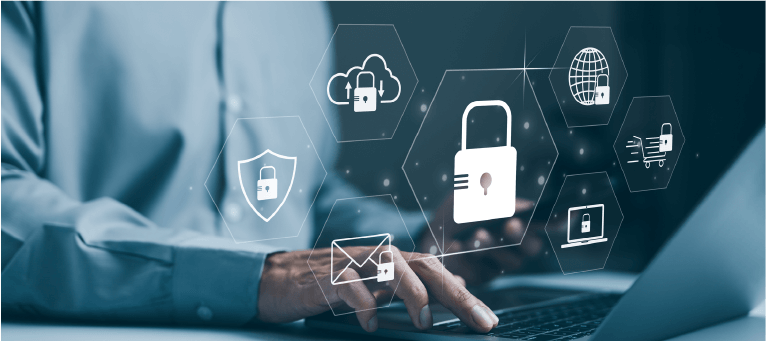By Richard Arneson
The Innovator’s Dilemma is a fascinating book written in 1997 by Clayton Christensen, a Harvard professor who coined the term disruptive technology. He considered it one (1) of two (2) technological categories, the other being sustaining technology. Christensen defined disruptive technology as any that, while being new, were so cutting-edge that they hadn’t yet been fully developed and thoroughly tested. As a result, he insisted, they might not be ready for prime time. Disruptive technologies create a lot of buzz and are rife with exciting possibilities, but aren’t viewed as being as “safe” as their sustaining counterparts. Imagine those days when consumers first heard about technology game-changers radios and televisions. They were highly disruptive and littered with issues.
Christensen lists sustaining technologies as those ones that, conversely, are being utilized and have resulted in measurable, sustainable results. If you’ve worked in telecommunications (especially in sales), there’s a decades-old axiom in that industry―nobody ever got fired for using AT&T. In other words, AT&T has been around the longest, has been used the most, and is considered the safest choice. If a CIO questions you about why you selected AT&T to carry your voice and data traffic, it’s an easily defensible decision. Getting a Fortune 100 Company to dive into the world of disruptive technologies may prove difficult. They’ll be far less inclined to utilize something that promises, but hasn’t yet produced, quantifiable results. Once it has, the flood gates will soon open. Oh, and by that time it will have become a sustaining technology.
The smartphone might be the most disruptive of technologies since the introduction of the telephone at the turn of the (last) century. Telephones disrupted several industries, putting a dent in paper manufacturing and the U.S. Postal Service. Now consider the smartphone. It has devastated an array of industries, including photography, publishing, music, GPS devices, even calculators.
The current biggies in the Disruptive Technologies category
Artificial Intelligence (AI)
AI, while being highly disruptive, frightens a lot of people. Whether they’ve been spooked by fictional, sinister robots of yesteryear, are worried about what it may do with its mass of collected data, or concerned that it will sound an employment death knell for a variety of industries, AI’s promotion to a sustainable technology will be here before you know it. Two (2) years ago, academicians and industry experts at the International Conference on Machine Learning predicted that by 2025 AI will outperform human thought. Wow.
Blockchain
Blockchain cryptocurrencies, such as its flag bearer Bitcoin, are no longer just a cryptic form of currency exchange that is preferred primarily by those who diabolically launch and hope to gain from disseminating ransomware. Many large, established banks worldwide are developing cryptocurrencies for selling financial products, such as bonds. Speaking of bonds, the SEC (Securities and Exchange Commission) now has a crypto-bond offering they’re calling Bond on Blockchain. And fund managers are now incorporating cryptocurrency into their portfolio mix.
Li-Fi (Light Fidelity)
In the event you haven’t heard of it, it’s cool and very disruptive. Called Li-Fi, which is short for Light Fidelity, light bulbs, of all things, will replace your home router. Deemed at to be at least a hundred times faster than Wi-Fi, Li-Fi utilizes an LED light bulb affixed with a digital processor that sends data with emitted light. Yes, the data is in the light. Let your mind wonder for a moment to consider how disruptive Li-Fi could be for any number of industries.
Need more info?
For the past twenty-two (22) years, GDT has been a leading network and systems integrator by partnering with industry leaders, such as, among many others, HPE, Cisco, Dell EMC, VMware, Pure Networks, Citrix and F5 Networks. Our tenured, talented solutions architects and engineers deliver customized, cutting-edge client solutions with best-of-breed technologies that lead customers on their digital transformation journey. For more information about the IT industries’ wide array of technologies, both disruptive and sustaining, you can contact our solutions architects and engineers at either SolutionsArchitects@gdt.com or Engineering@gdt.com. They’d love to hear from you.




